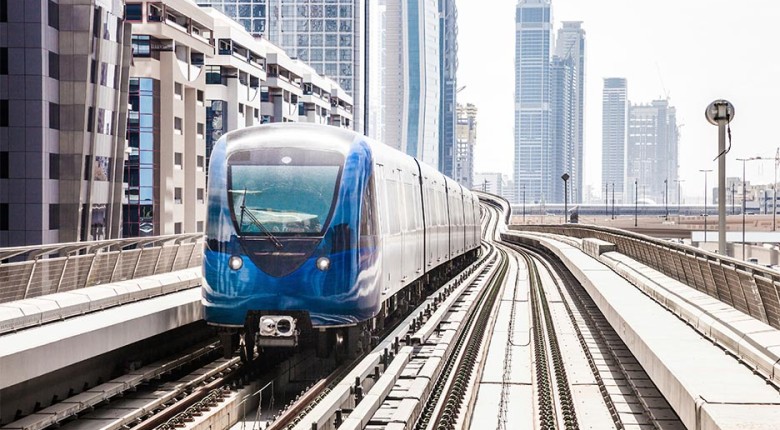961 results found
Featured results



More results
As part of its leading practices mandate, the GI Hub is developing a set of annotated risk allocation matrices for PPP transactions, in a variety of sectors.
Combination of sensors and machine learning to predict timelines and modes of failure for physical and mechanical assets such as pipes, pumps, and motors.
Pedestrian and weather sensors installed at road intersections to adapt traffic light operation to match real time demand and safety requirements.
Advanced traffic management systems improve the performance of road services through the use of sensors, GPS, smart cameras, and weather information systems.
Remote sensors, UAVs and satellite technologies to monitor water bodies for algal blooms and provide early warnings of potential health risks to the general public.
Combination of sensors and AI to increase sewer capacity and reduce the frequency and magnitude of sewer overflows, especially during high rainfall events.
Five reports in this series assess the regulatory framework for trade and investment in five areas - horizontal measures, information and communications technologies, transport services, professional services, and tourism services in Barbados, Belize, Guyana, Jamaica, and Trinidad and Tobago under the CARIFORUM - European Union Economic Partnership Agreement. This report focuses on information and communications technology.

Five reports in this series assess the regulatory framework for trade and investment in five areas - horizontal measures, information and communications technologies, transport services, professional services, and tourism services in Barbados, Belize, Guyana, Jamaica, and Trinidad and Tobago under the CARIFORUM - European Union Economic Partnership Agreement. This report focuses on transport services.

Infrastructure can play a pivotal role in stimulating economies such as Australia’s, that are heading towards a downturn as a result of the pandemic.
This publication outlines options for the financing and implementation of a systematic infrastructure action plan for the Seychelles.

The main point of this report is to provide quantitative evidence of how improving utility management and more accurately targeting smaller subsidies would free up enough resources to make the needed investments and operate the sector at a lower cost.


Regional private investment in infrastructure has seen divergent trends in the post-COVID era, with Western Europe and North America emerging as the two strongest performers, followed by Latin America. Meanwhile Asia, while maintaining relatively stable investment as a share of regional GDP, has experienced the sharpest decline in its share of global private investment in infrastructure, as Western Europe and North America expand their shares. Other regions have seen weaker investment in the post-COVID era (Africa, Oceania, Middle East), or remained stagnant (Eastern Europe).



Regulatory capital frameworks require banks and insurers to put aside more capital for infrastructure investments than is warranted by their historical credit performance


Increasingly, infrastructure leaders, investors and developers are recognising the need to not only increase the quantity of infrastructure investment globally to drive economic growth, but also the quality of infrastructure investment, to ensure that that growth and development is inclusive and sustainable.
This report outlines how in recent years Armenia has made significant strides in reforming the water sector by developing policies, enacting laws, and drawing up plans, programs and strategies aimed at improving water service provision

An alternative means of conducting waste management and cleaning in stations through robots that spray cleaning chemicals (e.g. hydrogen peroxide) onto surfaces.
This paper introduces the Smart Region Index to assess local infrastructure gaps in Central, Eastern and South-Eastern Europe (CESEE) regions compared with the EU.


The Energy Division of the Infrastructure and Environment Sector (INE/ENE) of the Inter-American Development Bank has launched a technical cooperation project called "Smart Grid and Its Application in Sustainable Cities" .


Smart meters collect and transmit real time water usage data from users, which can be used for billing, improve water efficiency and enhance customer experience.
Digital technology integrated into smart containers enable accurate near real-time monitoring and control of the condition, location and the environment of shipping containers.









 InfraCompass
InfraCompass





